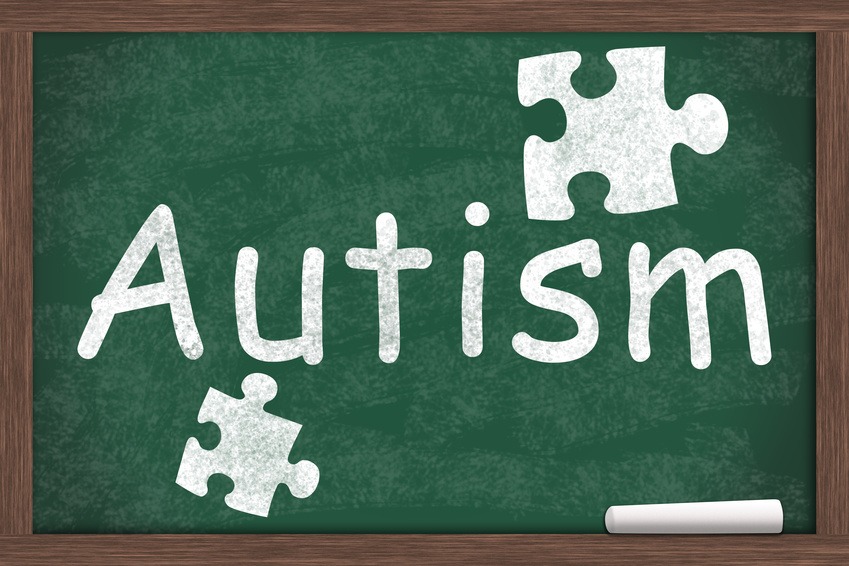How does your child with autism learn best? Recent surveys show that the prevalence of autism has increased by about 33%. Previously, only one in 68 children were diagnosed with autism. In 2015, the odds have increased to one in 45, and this number has increased even more dramatically since the 1980s.
But the reasons for these results are likely more due to advanced screening methods, better educational tools, and higher awareness.
“The educational landscape is improving a lot,” said Christine Lindgren, director of Responding to Autism Center in Kennewick, Washington. “We have become more aware of autism, how the brain works, and how learning differs with a child with autism versus a neurological child.”
Like all children, every child with autism has a different learning style, and has unique educational needs. Because of this, special education programs should be unique and catered to the individual child. So what makes a child with autism different, and how do their learning needs differ?
Structure
In order to understand how to provide help for children with autism, it’s important to understand how autism affects a child. Autism affects the neural structure and organization of the brain, affecting how one interacts with others and responds to sensory stimuli. One of the signs of autism an inclination towards routine and repetition. Due to the nature of the disorder, children with autism require structure and routine. Structure and routine help to reduce anxiety, stress, confusion, and allow you to build on your child’s strengths and reinforce feelings of comfort.
Minimal Distractions
For many children with autism, sensory overload can be a daily struggle. This means that an ideal learning environment will have minimal distractions. This includes a consistent learning environment, free of foreign or unpredictable smells, sounds, or lighting.
Communicate With Behavior
Children with autism typically have trouble communicating like neuro-typical children. Because of this, being attentive to their behavior might help them to better understand their learning needs. Applied behavior analysis (ABA therapy) works to do just that. ABA therapy focuses on how learning takes place, and works through the child’s behavior to motivate learning.
Working with children with learning disabilities using a specialized approach is essential — and the earlier the better. Specialized education and early intervention can help your autistic child lead a happier and healthier life.
